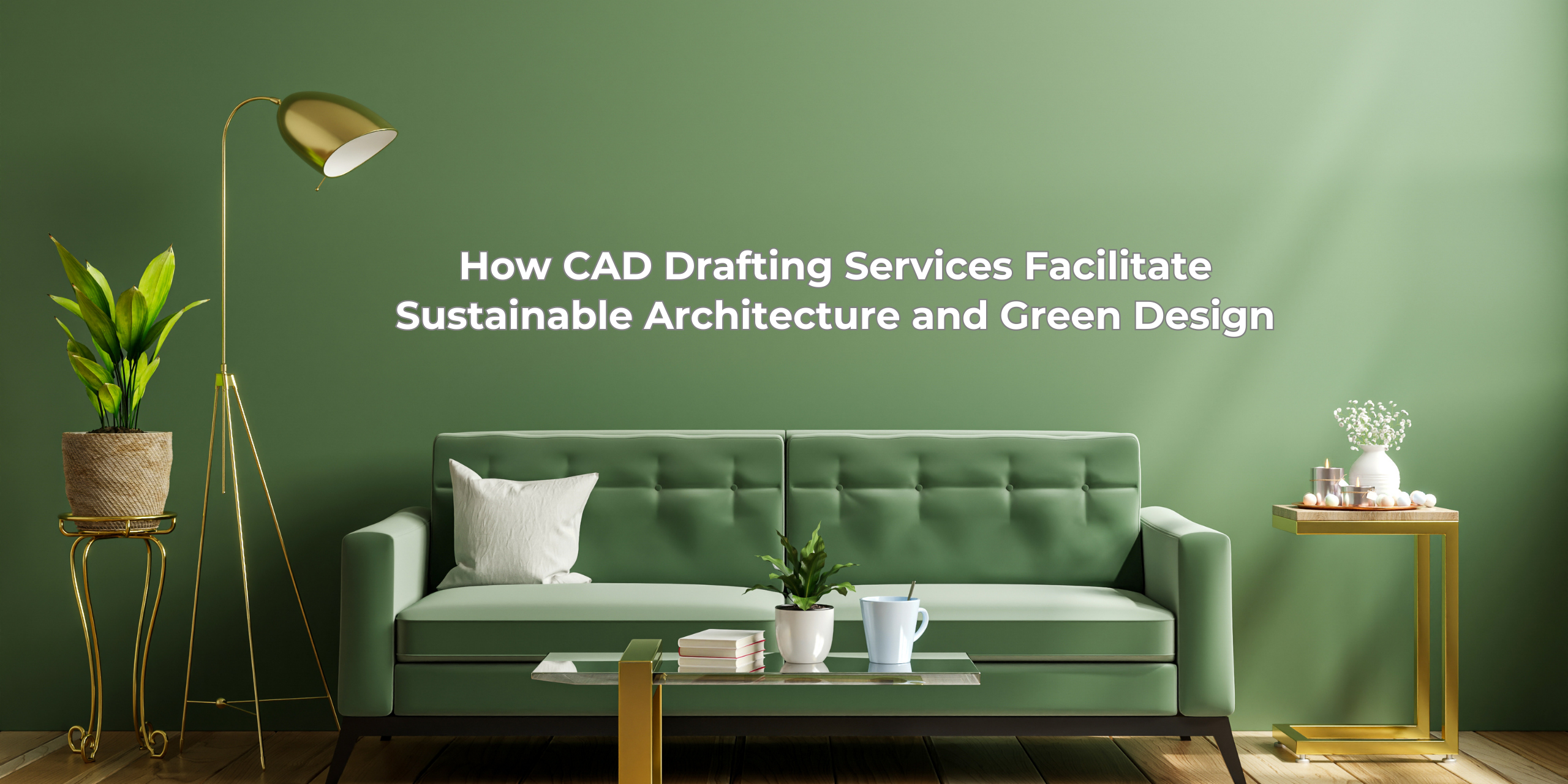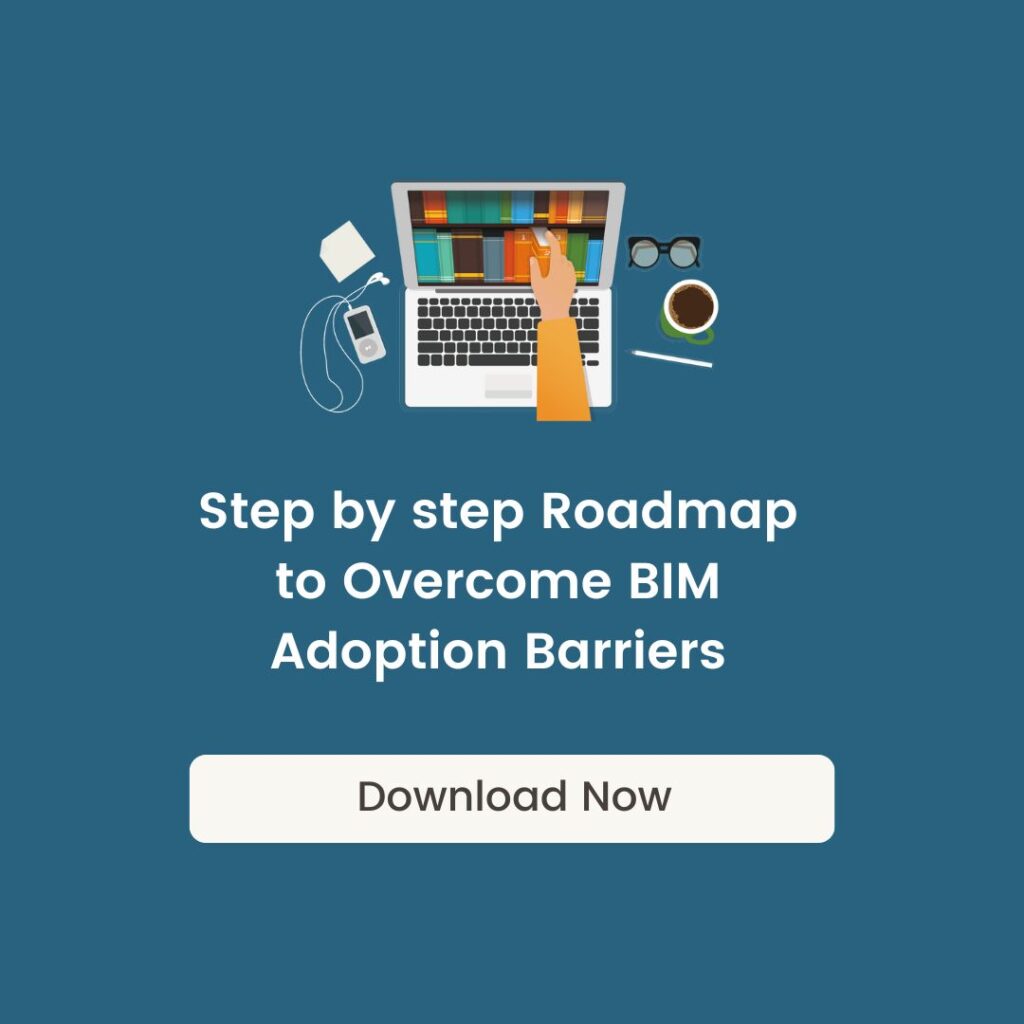In the realm of contemporary architecture and design, sustainability has emerged as a paramount consideration. As the world grapples with the urgent need to combat climate change and reduce environmental impact, the construction industry is embracing innovative approaches to create buildings that are environmentally responsible, resource-efficient, and aesthetically pleasing. Sustainable architecture and green design are not just buzzwords; they are transformative concepts that redefine the way we build and inhabit spaces.
At the forefront of this eco-conscious revolution lies Computer-Aided Design (CAD) drafting services. This technology has revolutionized the architectural landscape, streamlining the design process and facilitating the realization of sustainable structures. Let’s explore how CAD drafting services contribute to sustainable architecture and green design, backed by industry statistics and facts.
-
Precision and Efficiency:
CAD drafting services leverage cutting-edge software to create accurate and detailed blueprints, leaving no room for errors or misinterpretations. The meticulousness of CAD allows architects to optimize material usage, reducing waste and minimizing the carbon footprint of construction projects. According to a study by the American Institute of Architects (AIA), CAD-driven sustainable building designs can achieve up to 75% reduction in energy consumption compared to conventional structures.
-
Virtual Prototyping:
CAD enables architects to create virtual prototypes, simulating real-world conditions and performance of the building before construction commences. This virtual testing empowers architects to fine-tune the design for maximum energy efficiency and optimal use of natural light and ventilation. The US Green Building Council (USGBC) reports that buildings constructed with the aid of CAD have seen a 30% decrease in energy use and a 35% decrease in greenhouse gas emissions.
-
Integration of Renewable Energy Sources:
Sustainable architecture heavily relies on the integration of renewable energy sources like solar panels, wind turbines, and geothermal systems. CAD drafting services assist in analyzing the site’s solar potential and identifying the most suitable locations for these energy-harnessing systems. Studies by the World Green Building Council (WorldGBC) indicate that buildings equipped with renewable energy sources, due to CAD-driven optimal placements, have observed a 40% reduction in energy costs.
-
Lifecycle Analysis:
CAD drafting services facilitate lifecycle analysis of buildings, evaluating their environmental impact from construction to demolition. Architects can assess the eco-friendliness of various materials and construction techniques, opting for low-impact choices. According to a report by the National Institute of Building Sciences (NIBS), CAD-aided lifecycle analysis has led to a 50% decrease in construction waste generation.
-
Collaborative Design and Communication:
CAD allows seamless collaboration among architects, engineers, and stakeholders, fostering a holistic approach to sustainable design. Efficient communication and coordination lead to well-integrated eco-friendly features in the building. A study by the International Green Building Council (IGBC) found that projects involving CAD collaboration resulted in a 25% reduction in water consumption.
-
Adaptive Reuse and Retrofits:
CAD drafting services are instrumental in revitalizing existing structures through adaptive reuse and retrofits. By repurposing buildings instead of demolishing and rebuilding, CAD contributes to conserving resources and reducing waste. The Royal Institute of British Architects (RIBA) suggests that adaptive reuse projects using CAD have reduced overall energy usage by 50%.
In conclusion, CAD drafting services have ushered in a new era of sustainable architecture and green design. The technology’s precision, efficiency, virtual prototyping capabilities, and collaborative nature combine to create environmentally responsible buildings that align with the global drive towards a greener future. As the world continues to prioritize sustainable practices, CAD remains an indispensable tool in constructing a sustainable tomorrow.


